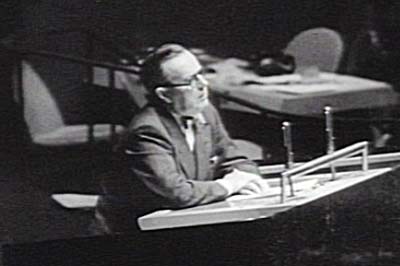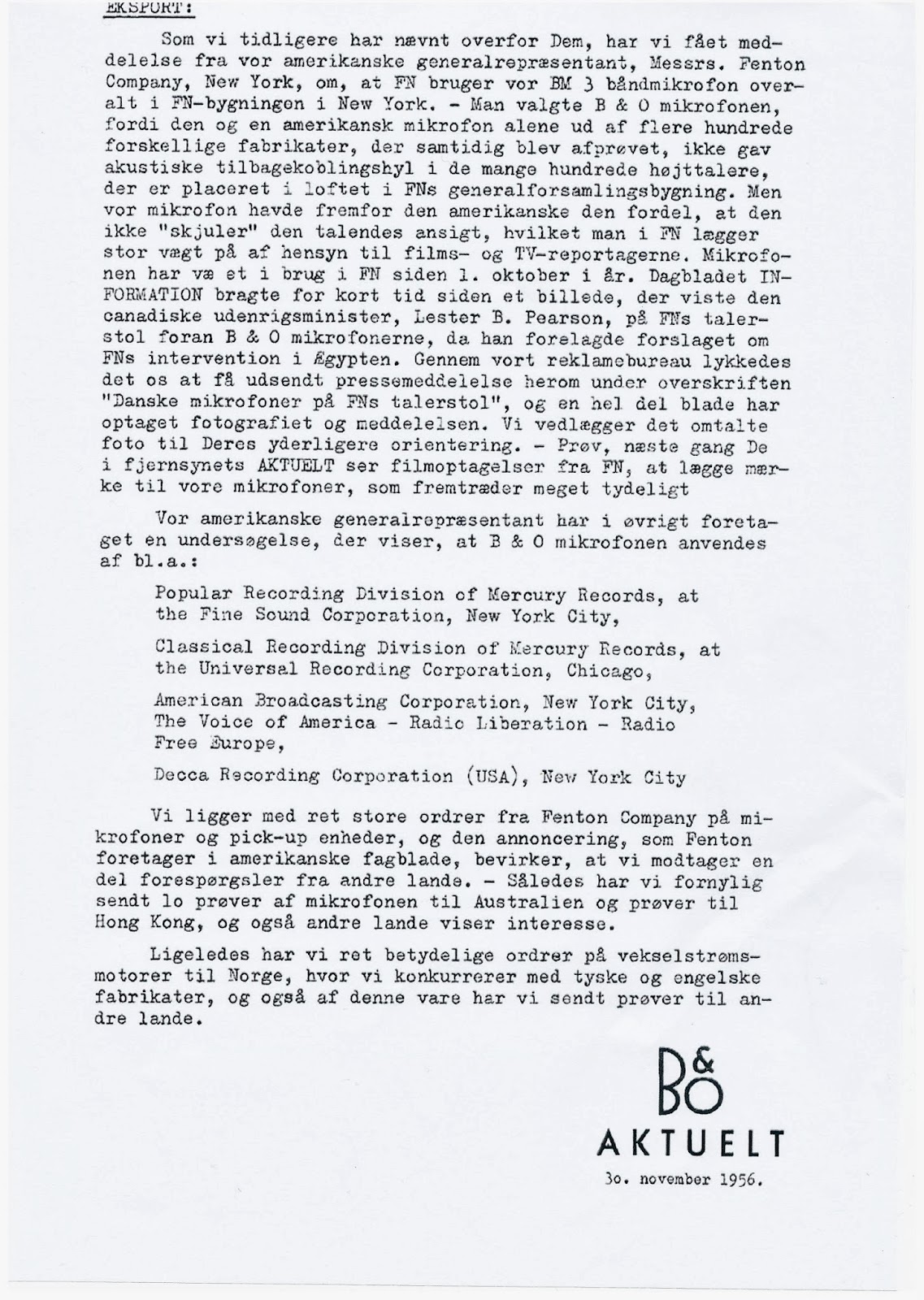Some Bang and Oulfsen BM5 stereo ribbon microphones are prone to hum on one channel. This is because the top half of the mic rotates around a plastic collet ring, but is only grounded through contact to the lower half of the metal body. With time and use, the contact between the two halves becomes loose, and the upper body is no longer grounded properly.
 |
| B&O BM5 stereo mic |
The problem only occurs with early versions of the mic. Later, B&O recognised the problem and re-designed the mic’s rotating ring giving it an additional metal lip, so that the upper mic rotates around metal, ensuring good grounding contact at all times.
If you have a an early mic, in most cases the hum issue can remedied by improving contact between the parts as follows. Here are some tips, but remember that there is a delicate ribbon inside, so go slowly and if in doubt send it to someone more experienced!
1. Carefully remove the top half of the mic, and loosen the two grub screws at the base with a screwdriver of the correct size. Don’t lose these little screws – if you do then they are M2 thread!
2. Slide off the ring and put the rest of the mic somewhere safe.
3. Flip the ring over and rub over some fine abrasive paper to remove any dirt and oxidation.
4. Gently run the fine abrasive paper around the bottom of the metal tube that will make contact with the lower ring.
5. Replace the lower ring and tighten the screws, making sure that the metal parts are properly aligned and make good contact. You want a close fit between the tube and ring.
6. If that doesn’t work, addition of a strip of copper tape to the plastic collet can improve the electrical contact between the two parts. The tape will eventually wear out if the mic is constantly rotated, but many users tend to keep the same angle for most applications.
SJT, Feb 2014


















